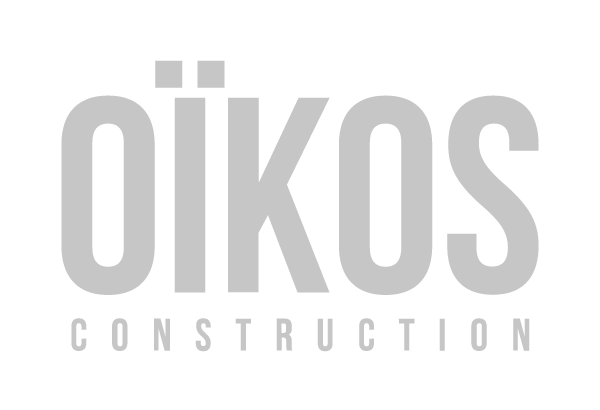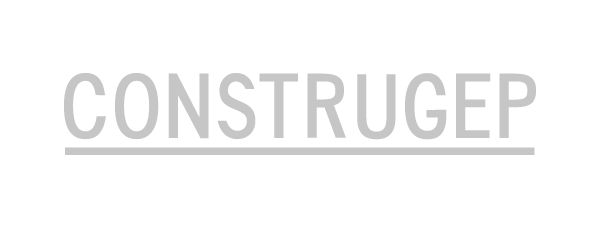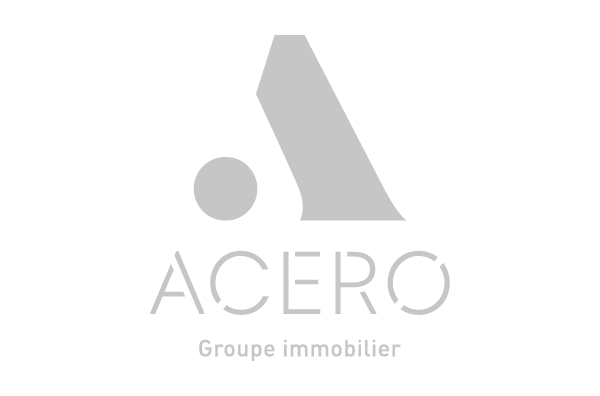Every interaction with a potential buyer in real estate sales can mean the difference between a successful sale and a missed opportunity. Yet many brokers and developers still need to rely on manual follow-up methods, risking losing crucial information. When they need digital tools to collect and centralize data, they can easily forget preferences or lose the contact details of potential leads. This lack of structure can be particularly problematic in a market where personalization and responsiveness are essential to stand out.
Adopting a digital solution specialized in lead management and preference capture is not just an option but a necessity for optimizing sales practices. With a tool of this kind, developers and their teams can not only store essential information centrally but also automate processes such as reminders and follow-ups, which are often tedious. By investing in these solutions, property developers take control of their data and give themselves the means to understand better and anticipate customer expectations. This maximizes every opportunity, improves team efficiency and, ultimately, contributes to the success of every real estate project.
CRM in real estate
Several sales tools are available to optimize the performance of a team of brokers. CRM is obviously the most widespread and best-known tool. It is absolutely essential to implement it properly or revisit your choice of CRM, as it is the backbone of your data structure. It must be sufficiently modern to allow connection with other data capture tools that will make a difference in your overall marketing strategy.
To implement a real estate CRM, choosing software that meets the sector’s specific needs and facilitates data integration is crucial. A good real estate CRM should enable intuitive contact management, accurate transaction tracking and personalized customer interactions. Tools such as Salesforce, Monday, Zoho, Hubspot, Yardi, Buildingstack and Rhenti offer solutions dedicated to the real estate sector, enabling centralizing customer information and facilitating communication between teams.
However, a tool is still a tool; it only sometimes works in our place. One persistent problem is that many brokers and salespeople must start using CRM. It’s rarely a question of bad intentions, but the fact remains.
To encourage brokers to use the company’s CRM, adopting practices that demonstrate the tool’s added value is essential. Firstly, involving brokers from the earliest stages of CRM selection and implementation ensures they feel involved and understand how this tool meets their needs. Organizing personalized training sessions and offering ongoing technical support also gives them the skills and confidence to integrate CRM into their day-to-day activities. In addition, highlighting the productivity gains and personalization opportunities that CRM offers, such as automated lead tracking or rapid access to customer data, helps to underline the concrete benefits to their performance. Finally, introducing rewards or recognition for brokers who effectively adopt and exploit CRM can reinforce team commitment, encouraging sustainable and effective tool use.
CRM is a team effort
Using CRM to exchange information as a team transforms customer data into a strategic lever for sales and marketing. Centralizing data allows team members to access the same information in real-time, facilitating collaboration and coordination. This enables teams to spot trends in customer preferences, segment the market more precisely and design more targeted marketing campaigns. A CRM also helps to align sales and marketing objectives by providing insights into the customer journey, enabling tailored strategies to be created at each stage of the sales process. By leveraging the data collected, teams can anticipate customer needs, personalize their approaches and, ultimately, maximize the chances of closing deals. The aim is to make CRM accessible and valuable to everyone involved, from brokers to marketing managers to top management.
Automate data collection
Après tout le meilleur moyen d’obliger l’entrée de données dans un CRM par les courtiers est d’automatiser la majorité des tâches de collecte. Assurez-vous que votre CRM soit compatible avec des outils tiers. Par exemple, une intégration avec des plateformes de marketing automatisé ou des solutions de gestion des documents permet de créer un écosystème numérique fluide, où chaque action alimente une stratégie de vente cohérente.
Automating data collection in a CRM with digital sales tools radically transforms how information is collected and used. Lead contact details and preference data are captured automatically from the initial interaction. This avoids manual input errors and ensures that information is accurate and up-to-date. A system like Livya, designed to centralize relevant data, feeds crucial details about prospects’ behaviours and preferences directly into the CRM, enabling brokers to focus their time on selling rather than data entry.
This automated approach also offers significant strategic advantages. When CRM populates itself in real-time, it becomes a mine of information, providing essential insights for sales strategies. The data collected enables trends to be identified, leads to be segmented according to their preferences, and the actions most likely to generate conversions to be predicted. This gives sales and marketing teams a clear and comprehensive view of the customer journey, enabling them to adjust their approaches and optimize every sales opportunity proactively. Thanks to automation, companies can improve their responsiveness and rely on reliable data to drive their sales strategies.

















